
Silver - a noble metal
Silver has been known to humanity for over six thousand years. Ancient Egyptian pharaohs wore jewelry made of this noble metal, and Roman warriors used it to heal wounds. What else do we know about silver and its properties? We invite you to get closer to the material that jewelers love to use today when creating unique precious collections.
The Legend of Argentum
From our school chemistry lessons, we remember that the Latin name for silver is argentum, derived from the Greek word argos, meaning shiny or white. Although, in reality, unprocessed silver ore is dark gray and doesn't shine much. The tiny silvery specks that adorn the natural mineral are actually zinc.
But let's get back to the name. Almost all chemical elements were named after the country or city where they were discovered. For example, hafnium was named after Copenhagen (Latin: Hafnia), ruthenium after Russia (Latin: Ruthenia), and polonium after Poland (Latin: Polonia). Only in the case of silver did the opposite happen – the country was named after it.
Of course, this is just a beautiful version, but it has the right to exist and tells the story of the Italian explorer Sebastiano Caboto. Allegedly, he once met a sailor who claimed to have seen a country where silver formed entire mountains.
Intrigued, the Italian set out to search for treasures in the approximate direction indicated by the sailor and did indeed arrive in an unknown state. He didn't find silver there, but it is believed that from that moment on, the country has been named Argentina.
Chemical Properties of Silver
Silver is a heavy, malleable, relatively soft metal with the highest electrical and thermal conductivity. These characteristics are the main reason for its industrial use. You may be surprised, but only 20% of the total silver production is used for making jewelry and noble tableware on a global scale.
Argentum is insoluble in dilute sulfuric and hydrochloric acids but dissolves in ferric chloride. The resulting substance is used for etching—removing the surface layer from metal objects, cleaning off rust, scale, and oxides. Silver dissolved in mercury produces an amalgam used in mirror and fluorescent lamp production, as well as decorative gilding.
Silver items should be kept away from iodine and hydrogen sulfide: when it reacts with them (especially in high humidity), the metal darkens or forms a colorful sulfide film. It can only be mechanically cleaned.
Interestingly, even though not being a bioelement, argentum can affect the activity of microbes and bacteria. For example, a small silver coin thrown into water disinfects it and maintains its freshness for five to six months. However, products saturated with silver ions should not be consumed on a regular basis. Accumulating the metal in the body can lead to the development of an unpleasant, incurable condition called argyria.
 Silver. Paul Karason is a man who suffers from argyrosis (blue skin)
Silver. Paul Karason is a man who suffers from argyrosis (blue skin)
Types of Silver
Unlike gold, which can be not only reddish (with a reddish hue) but also white, yellow (lemon), green, and even black today, the color of silver remains unchanged. However, this doesn't prevent the metal from having various types.
Sterling Silver
Considered the standard. It contains 92.5% pure metal with 7.5% copper alloy. This proportion increases the strength of the item and preserves its natural silvery shade.
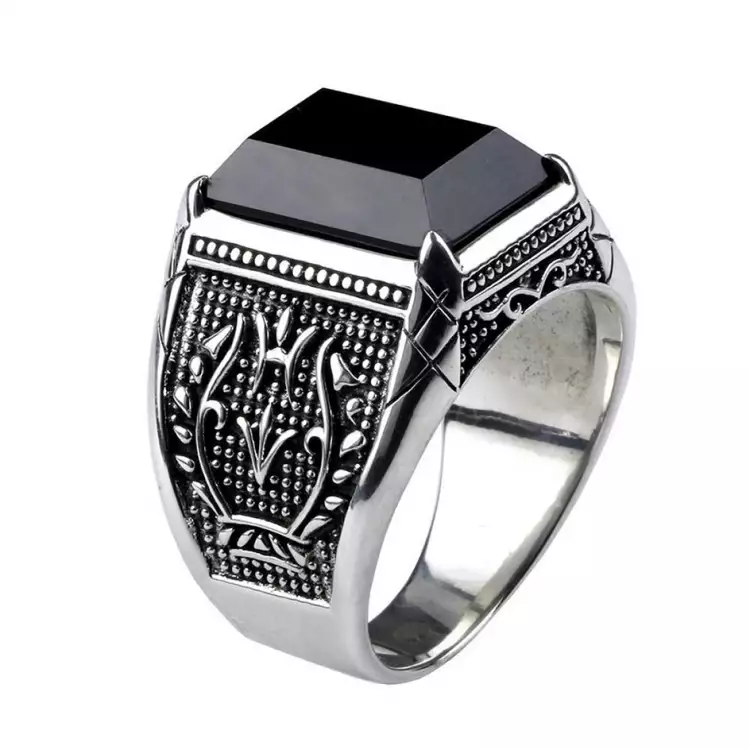 Silver. Sterling silver ring with obsidian
Silver. Sterling silver ring with obsidian
Matte Silver
The matte effect is achieved by heating the alloy in hydrochloric or sulfuric acid. Jewelry with a noble matte surface looks expensive and stylish.
Filigree Silver
Filigree silver has a fineness of 960. It is used in jewelry art to create the finest woven patterns. One gram of silver can be stretched into a wire two kilometers long.
Rhodium-Plated Silver
One of the most expensive types of silver because rhodium belongs to the platinum group of metals. A thin layer of rhodium enhances durability, improves aesthetics, and protects against oxidation.
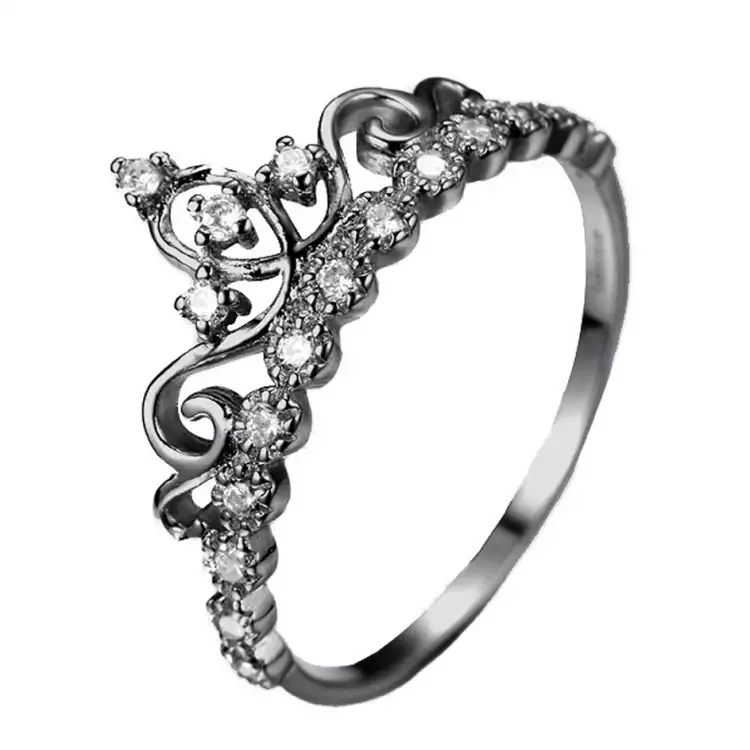 Silver. Rhodium-plated silver ring
Silver. Rhodium-plated silver ring
Blackened Silver
This type of silver was invented in the 17th century in Russia. Blackening is done by filling the recesses of the volumetric ornament with a blend of copper, silver, and lead sulfides. It gives the items an aged, vintage look.
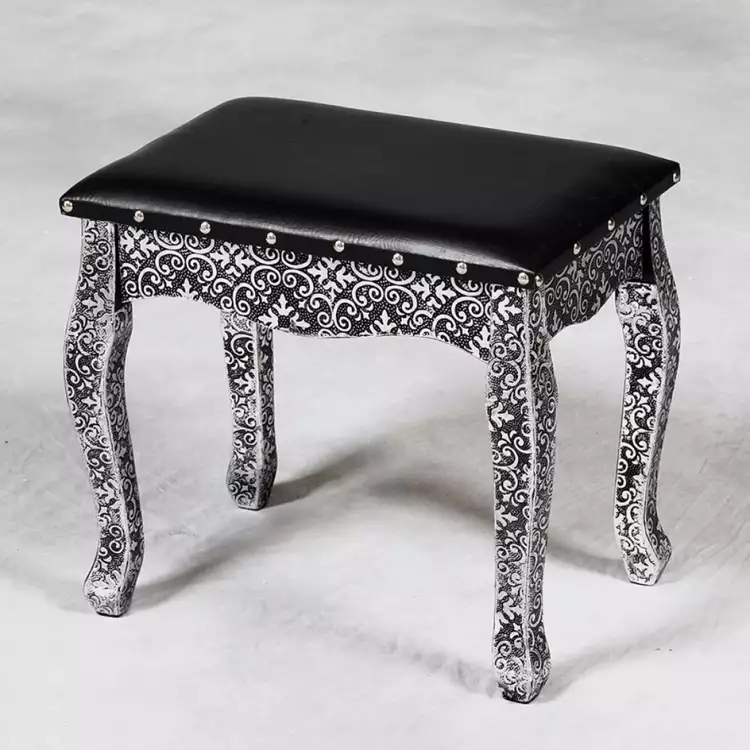 Silver. Stool with blackened silver legs
Silver. Stool with blackened silver legs
Oxidized Silver
A variety of blackened metal. Darkening of specific areas, giving them gray, purple, black, or blue shades, is achieved using a film made of silver oxide.
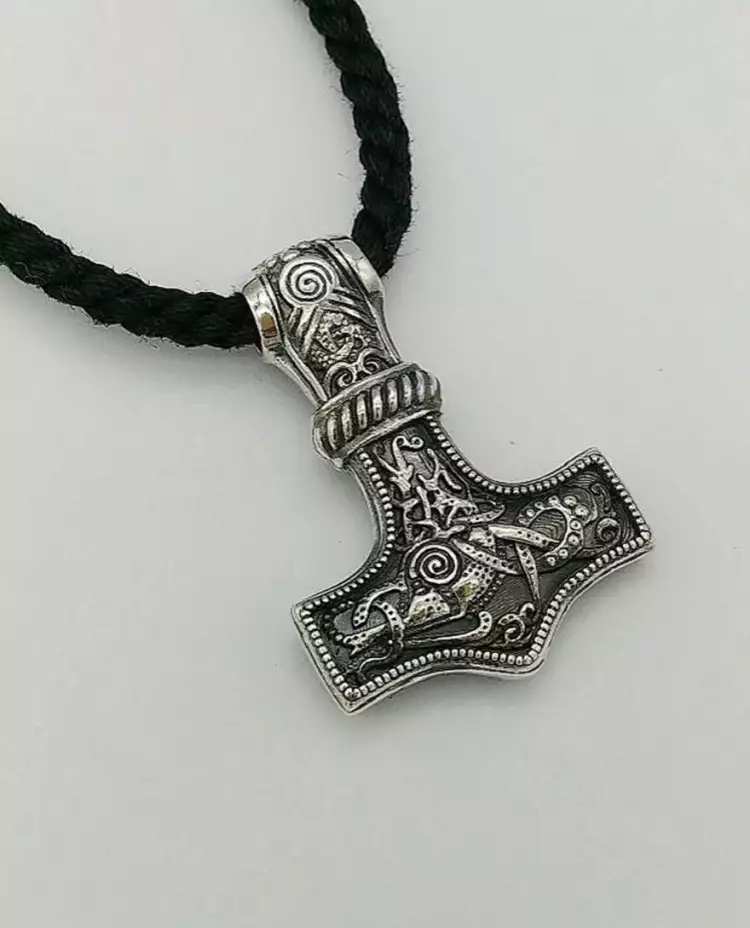 Silver. Oxidised silver pendant
Silver. Oxidised silver pendant
Gold-Plated Silver
Visually indistinguishable from gold but cheaper. To prevent the precious yellow layer from wearing off, such items should be handled with care: avoid contact with water and household chemicals, and refrain from aggressive mechanical cleaning and friction.
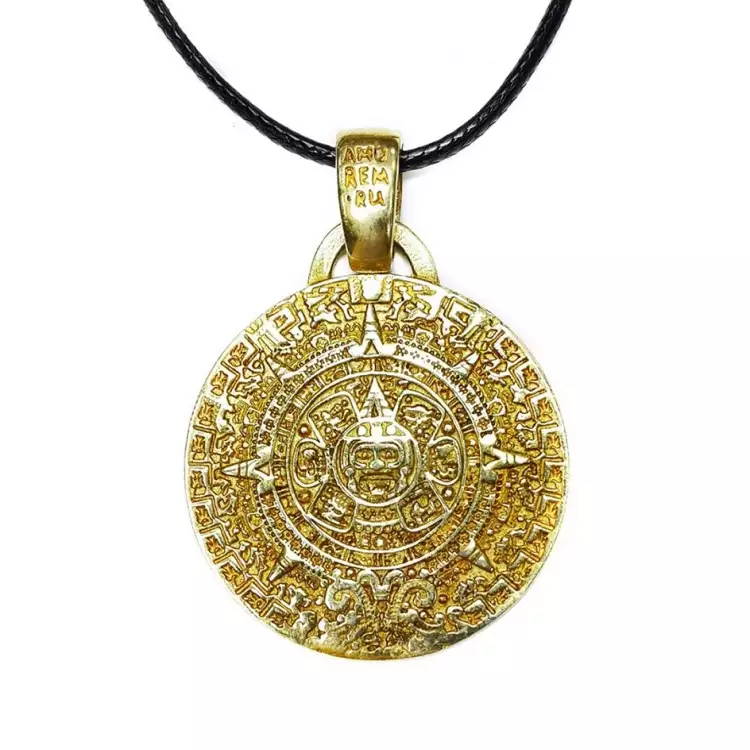 Silver. Gold-plated silver pendant
Silver. Gold-plated silver pendant
Each of these types has its own beauty. Another significant advantage is that silver is so versatile that it can be paired with both precious and semi-precious stones, unlike gold.
Checking the Authenticity of Silver
When purchasing silver items, you can encounter counterfeit products. Often, alloys such as German silver and nickel silver are passed off as noble silver. Terms like "Tibetan" and "Leningrad" silver are also used. If you are offered these, it's best to decline the purchase, as you risk getting jewelry made of silver-plated brass or other metals that mimic argentum.
Professionally verifying the authenticity of the alloy can only be done by a jeweler. However, we offer a few simple methods for self-testing:
- Bring a magnet near the item. If it attracts, it's likely a fake. Silver is not magnetic.
- Rub the item with chalk. When in contact with genuine silver, it should darken.
- Apply a drop of iodine. The more silver in the composition of the item, the faster and stronger the "treated" area will darken.
- Apply regular pharmacy sulfur ointment to the noble-metal item. After a couple of hours, wipe it off with a cloth. If the item darkens, it's silver.
To keep your item looking attractive and shiny, periodically clean it with toothpaste and a soft-bristle brush. After rinsing with warm water, polish it with a piece of soft fabric.
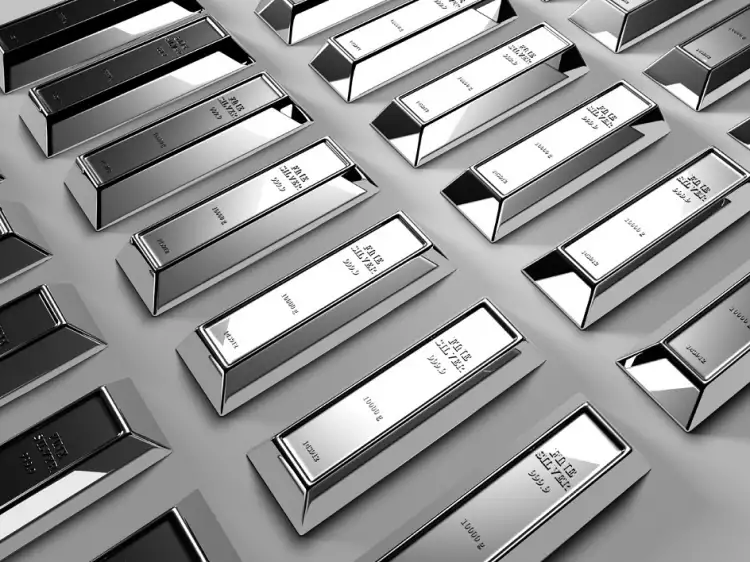
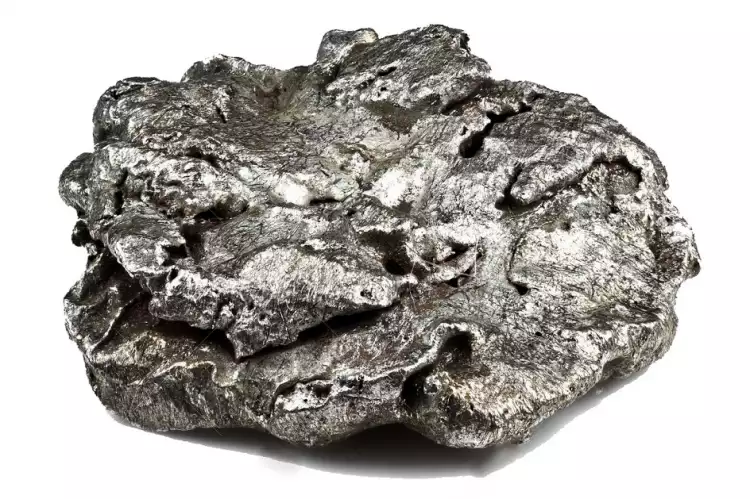

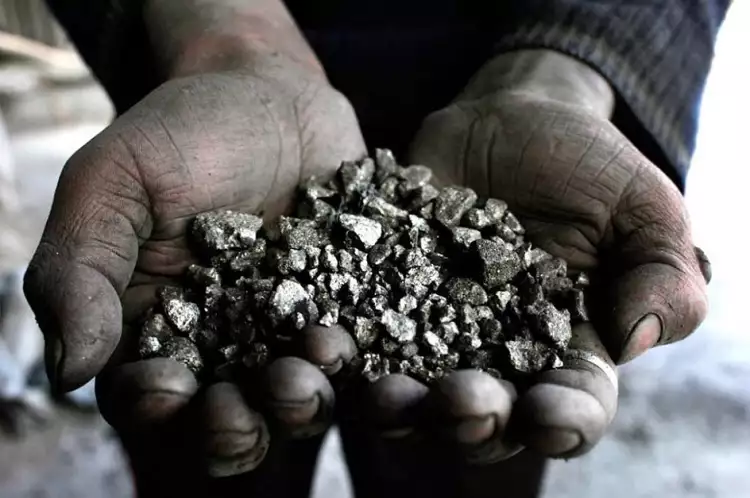
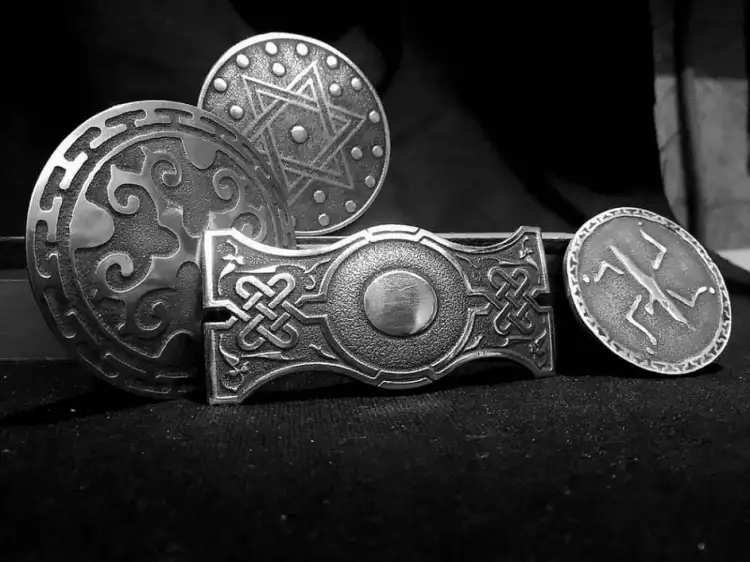
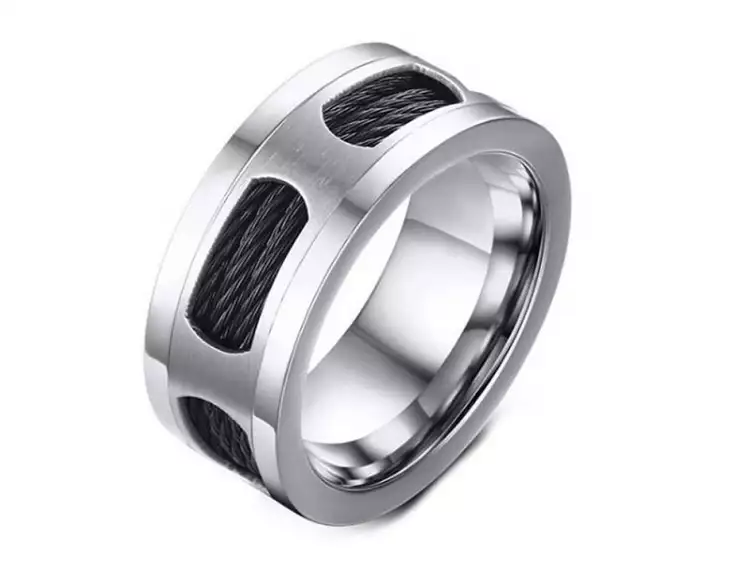
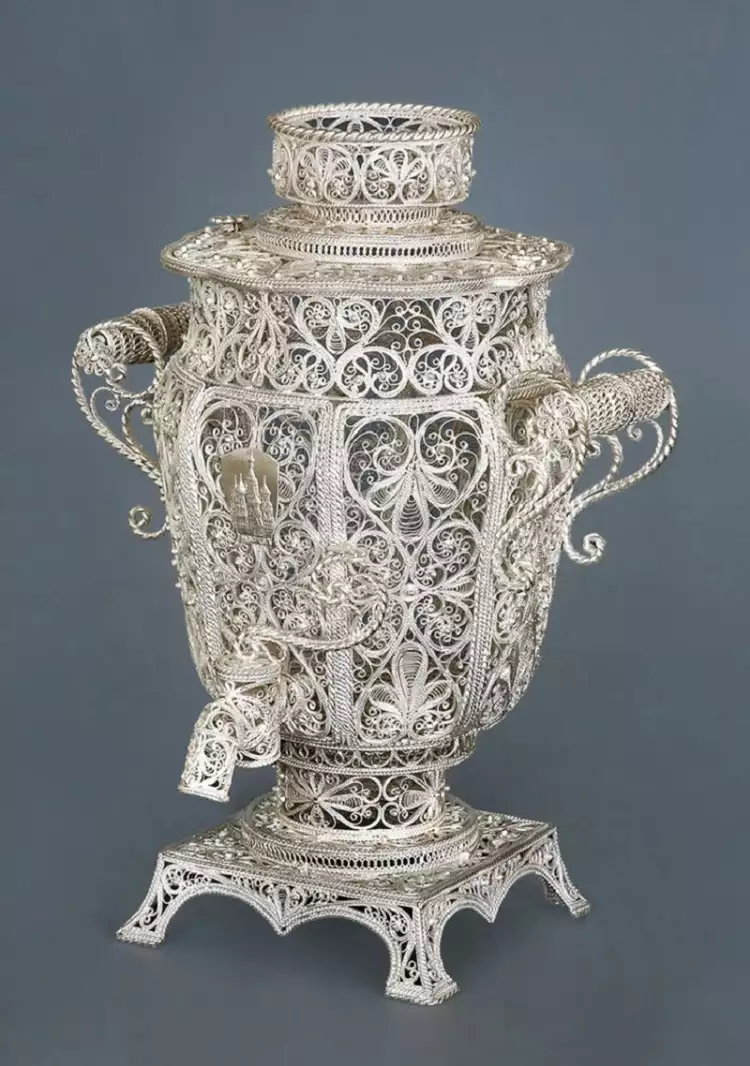
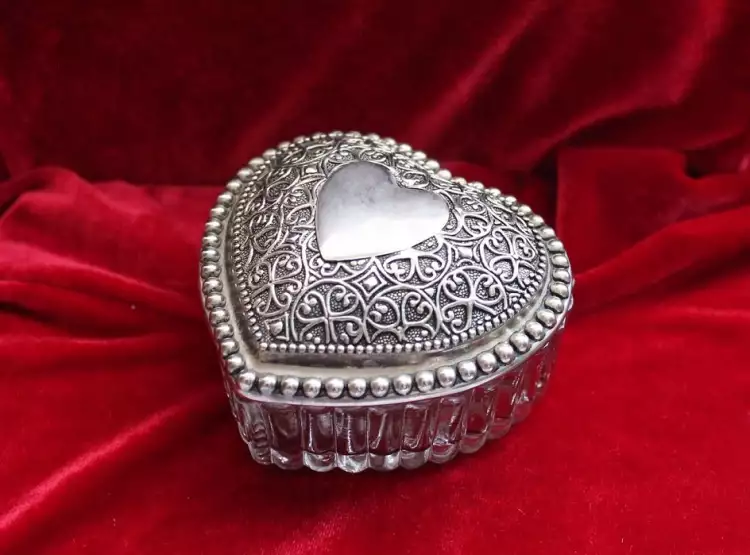
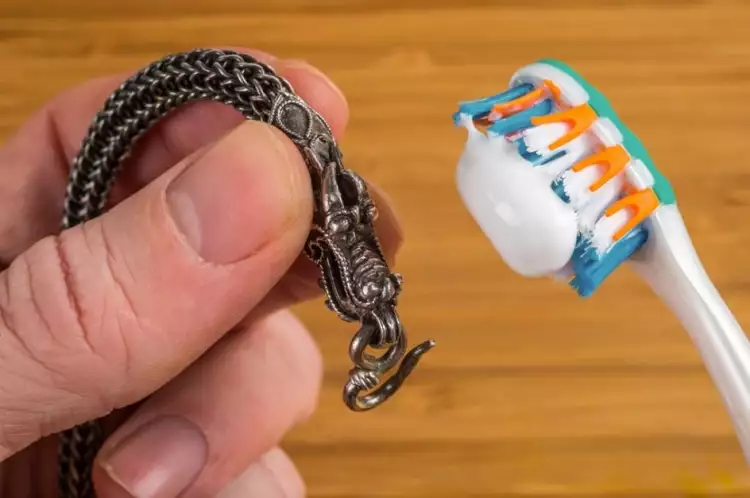
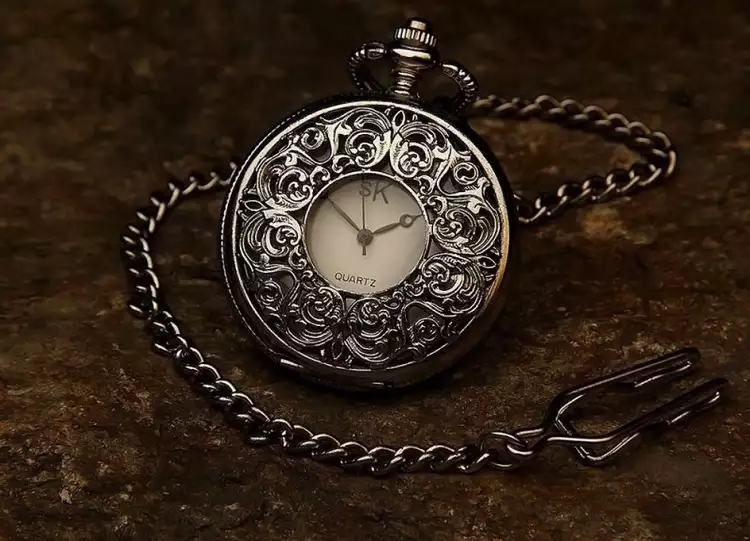
 Gustave Courbet: Biography, Artistic Works, the Artist's Best Paintings
Gustave Courbet: Biography, Artistic Works, the Artist's Best Paintings  Illustration is a colorful and visually appealing drawing that complements the content of a book
Illustration is a colorful and visually appealing drawing that complements the content of a book  The painting "Dido building Carthage" by William Turner is the artist's beloved creation, which he wanted to take with him to his grave
The painting "Dido building Carthage" by William Turner is the artist's beloved creation, which he wanted to take with him to his grave 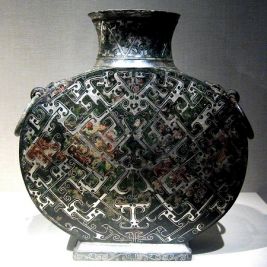 Inlaying - the enchanting art of unique ornaments
Inlaying - the enchanting art of unique ornaments 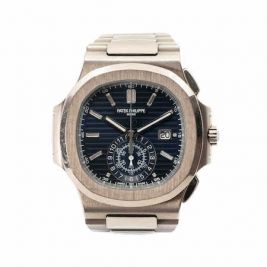 Wettmann Onlineauctionen: A Portal to Rare Antiques and Luxurious Treasures
Wettmann Onlineauctionen: A Portal to Rare Antiques and Luxurious Treasures  Mural - monumental urban art of immense scale
Mural - monumental urban art of immense scale  Agnolo Bronzino was a great Italian portraitist and a brilliant intellectual of the Mannerist era
Agnolo Bronzino was a great Italian portraitist and a brilliant intellectual of the Mannerist era  Vanitas is a genre of art that prompts the viewer to contemplate the inevitability of death
Vanitas is a genre of art that prompts the viewer to contemplate the inevitability of death  Acrylic is a painting technique and a type of artistic paint: essence, history, advantages, application
Acrylic is a painting technique and a type of artistic paint: essence, history, advantages, application  Apollinary Vasnetsov and the world of his landscapes: Moscow, the Russian North, the Urals and the Siberian expanses
Apollinary Vasnetsov and the world of his landscapes: Moscow, the Russian North, the Urals and the Siberian expanses